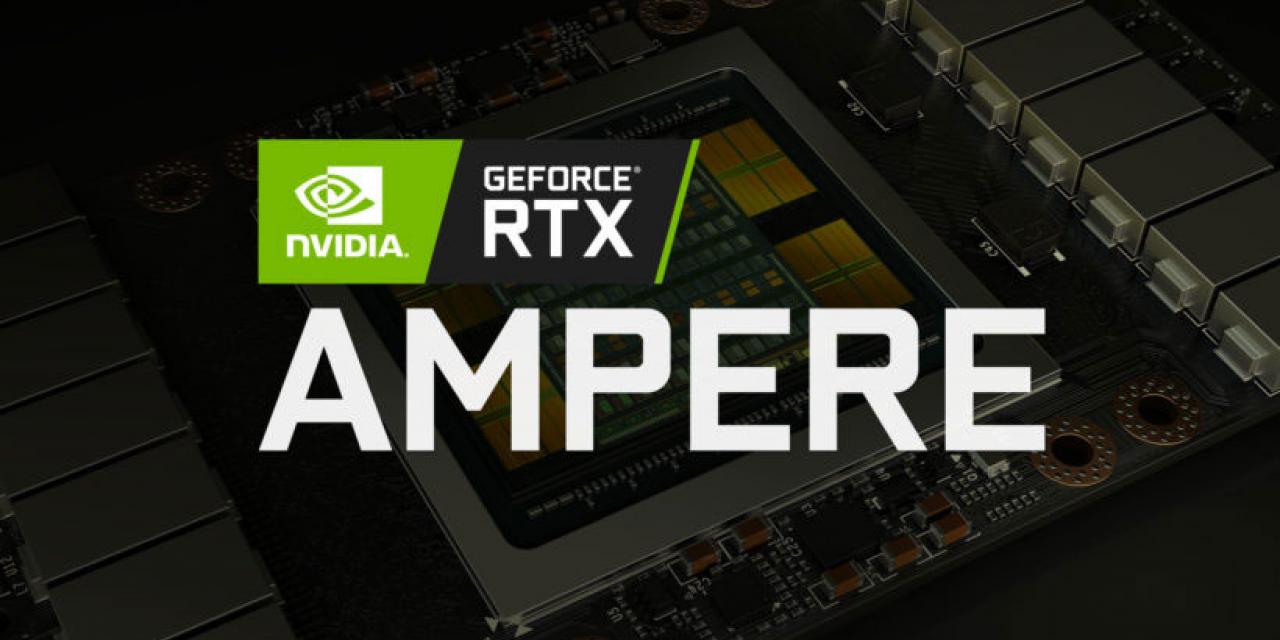
Nvidia is beavering away on its next-generation Ampere graphics cards. Slated to debut in the next few weeks, with a release planned in the months to come, it's expected to be an exciting leap in GPU performance over existing RTX Turing graphics cards. These GPUs will be based on 7nm technology and should make huge leaps in the capabilities of not only general 3D rendering, but in ray tracing and DLSS performance.
But that's not all it's working on. It's also laying the groundwork for its next, next-generation GPUs. These cards are codenamed Hopper, and will reportedly take another drop in process size down to 5nm, using Samsung's process node.
This comes from a Chinese publication, via WCCFTech, which claims that Nvidia is not only the largest customer for TSMC's existing 7nm node (despite AMD using it for both its RDNA RX 5000 GPUs and its RX 3000 CPUs), but that it will move on from TSMC with its Hopper cards. This is likely to better compete with AMD's die shrinking plans. Where AMD will move to 7nm+ EUV from TSMC with its RDNA2 cards later in 2020, it will move to TSMC's 5nm node in 2021.
Nvidia, it seems, will be moving to Samsung instead.
That's an intriguing choice, as Samsung's 5nm node is said to be less dense and less efficient than TSMC's. That could mean that AMD retains a performance advantage from the process nodes at least, even if Nvidia is able to match its nm sizing. But architecturally, AMD will need to do something quite special to catch up on the performance front.
Do you think AMD's RDNA2 and 3 architectures can match Nvidia's performance?








